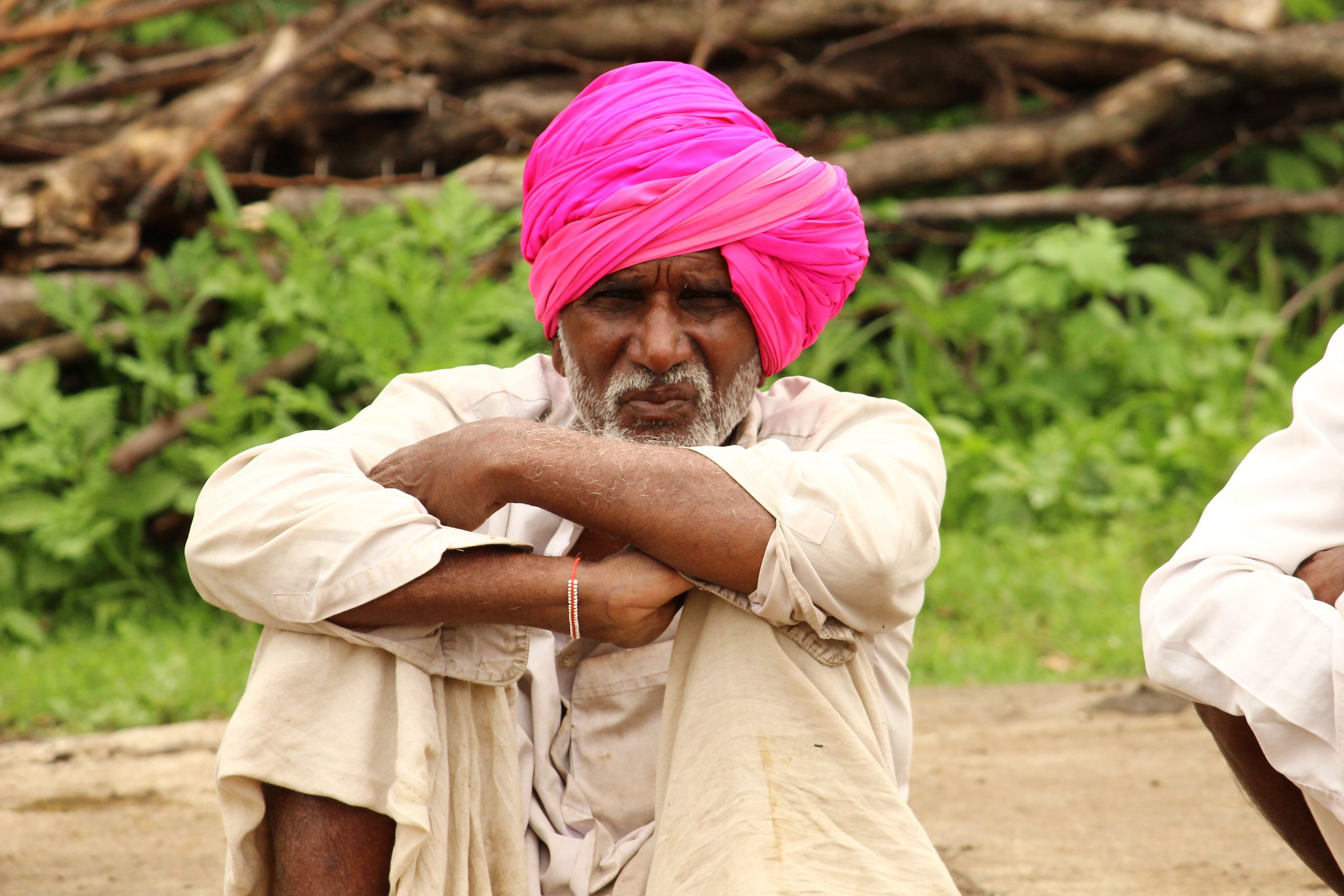More than 250 million of India’s 1.3 billion people live on a daily income of less than $2. For any nonprofit to make a dent in lifting people out of poverty, it needs to reach many millions of people in need.
How can an organization position itself for success, given the challenge? A Bridgespan Group research project offers some answers.
Over the past year, Bridgespan studied 20 Indian nonprofits that deliver services to hundreds of thousands of people. Their experiences suggest that five mind-sets are critical to managing the tension of scaling in the face of overwhelming scarcity:
1. The Denominator Mind-Set:
Staying focused on the size of the need, while remaining flexible in confronting it.
Denominator thinkers (who focus on total size of need) believe that addressing one more part of a large, knotty problem can create more value than perfecting a solution that serves relatively few.
Related article: Questioning scale as we know it
2. The Dignity Mind-Set:
Elevating the humanity of each participant as an integral part of serving many.
It’s easy to reduce and compartmentalize the human experience into numbers on a spreadsheet. But organizations such as Aravind Eye Care System, BAIF, Goonj, and others explicitly consider the experience of each beneficiary they support.
3. The Radical Frugality Mind-Set:
Reducing costs while stretching impact.
Most Indian nonprofits strive to keep costs low and to use frugality as tool to enable growth. For example, some rein in capital expenditures by using existing infrastructure. Education nonprofits, such as Kaivalya, partner with government schools, and healthcare nonprofits, such as Karuna Trust, ally with India’s state-owned, rural healthcare facilities.
4. The Innovative Hiring Mind-Set:
Tapping talent from unexpected sources.
Finding people with the right skills to fill certain jobs can be difficult. However, some nonprofits are creating win-win value propositions for unlikely candidates. Aravind, for example, recruits female nurses from rural communities and trains them, bringing them into the formal economy with all of its benefits, including a fixed salary.
5. The Collaborative Mind-Set:
Making government a partner, not an adversary.
It is important to consider the trade-offs of government collaboration, such as managing multi-layered bureaucratic policies. That said, government can provide critical funding, as well as the infrastructure and the heft to power through even the biggest barriers to growth, especially when programs are in their formative stage.
This is an excerpt from the full article, which can be found here.






